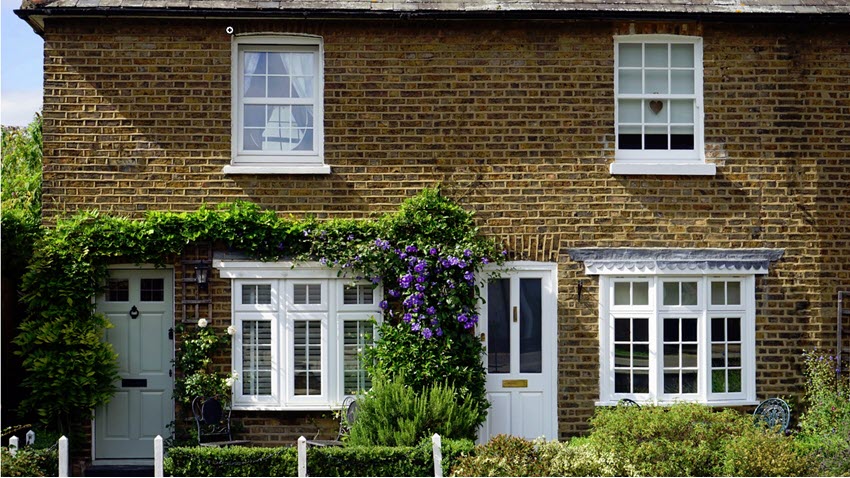Brexit is bringing a lot of uncertainty over the financial sector, and is preventing many people from making the changes they would usually make in like such as investments, house moving, stating up businesses, starting families, changing jobs and many other usual activities. Home Ownership has been on a downward trend for some time, and other housing trends have been affected by the past ten years of turbulent politics and financial system. Insurer Deacon, a specialist in blocks of flats insurance recently produced a article on the fascinating facts about home ownership, which has identified several trends in the home ownership market. What are these trends? And, can we expect them to continue post-Brexit?
Current Trends in UK Home Ownership
The first and most significant trend in home ownership is that ownership is decreasing year on year at the moment. It had peaked in 2003 at 71% of households being inhabited by their owners, after steady increase from the 1980s following the Thatcher plan to sell council properties to tenants. The recent down trend is likely down to two major factors.
The first factor is the flux in house prices. With massive house price gains from 2001 to 2007 the market boomed, and then crashed in 2008, leaving many disenchanted with home ownership, have negative equity on their properties, and hearing horror stories from friends and neighbors. The slow recovery since then has been somewhat reassuring but the suppressed interest rates although designed to entice lending, are keeping many concerned that their mortgage may not be affordable in the long term.
The second trend affecting home ownership is the gap between the richer older generation and the younger unemployed and deeply in debt generation. Homeowners over the age of 50 account for 75% of Britain’s housing wealth, unsurprisingly. However quite surprisingly and concerning is the fact that under 35s only account for 4% of the housing wealth in the country. Under 35s are struggling to find their feet financially with well paying jobs hard to find, high expectations on the basic needs versus wants, spiraling debts, and long term feels of insecurity.
First time buyers who used to once buy three bedroom semi-detached homes are fortunate if they can afford two bedroom flats, particularly in inner city areas where jobs are more abundant. Help to buy schemes while giving some the incentive to buy, are still unaffordable to many, who do not have deposits available or whose credit scores wouldn’t deem them qualified.
Another trend in UK home ownership is toward flats and houses with small living areas. New build properties are now smaller than before, bucking the trend of the last half of the twentieth century which saw an increase in home sizes. New builds are focused on energy efficiency and affordability rather than floor space, which is turning many away from new builds and keeping the market for cheaper flats buoyant, and for older properties which may need renovating.

